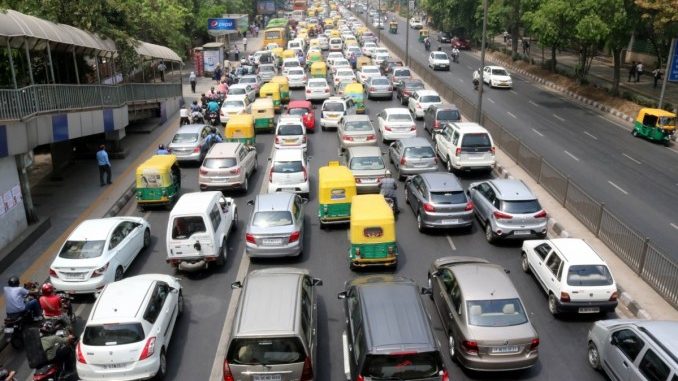
The transfer of a surplus of around 1.76 lakh crore from the reserve bank to the government.
Crisis in the automobile industry:
- The automobile sector provides employment to more than 35 million people and is one of the largest employers in the Indian economy.
- It has also been perhaps the worst affected sector in the slowdown. 350,000 workers have been laid off by the automakers.
- The very popular biscuit brand – Parle – has been struggling with low demand. It is planning to lay off 10% of its workforce.
- The low demand was driven by the burden of GST on the small biscuit packets.
- The fast-moving consumer goods sector had seen a quarterly growth of 10% in the last quarter.
- The fast-moving consumer goods are those goods which are sold at a lower rate and relatively quickly.
- They are also called as Consumer Packaged Goods (CPG) as they mostly consist of packaged household goods which are non-durable. Ex: Soaps, packaged food etc.
- In the current scenario, owing to the low demand, soap, tea and snacks are among the worst-performing consumer packaged goods.
Understanding the low demand:
- In addition to low investment, most industries are facing the issue of low consumption and demand.
- The reason for low demand can be attributed to the unequal distribution of overall economic growth in the last few years. A small class of elite individuals gained most capital which ultimately rendered the phenomenon of jobless growth.
The failure of government policies:
- Damaging policies with poor implementation have contributed to an economic policy failure of the government.
- Both, the step of demonetization and the implementation of GST, gave a huge blow to the informal sectors of the Indian economy.
- The damage to the informal economy became visible only later when a steady decline in output and employment was noticed.
- Unemployment has reached a 50 year high between 2011-12 to 2017-18. More than 15 million job losses have been reported in that period.
- The government has not dealt properly with the issues of declining employment and low demand for consumption. The fiscal stimulus like lowering interest rates should have been provided to address this concern.
- The lack of demand has been a major factor for low investment. Regulatory measures and fiscal concessions had been long overdue by the government to incentivize investment.
- While the government is having a tough time meeting its revenue targets, the corporate sector is complaining about the government’s desperate manner of tax collection as ‘oppressive’.
Rural vs Urban distress:
- In the last few years, a trend of declining wages has been seen in the rural economy. Farmers’ purchasing power has been adversely affected by the crisis in cultivation.
- The situation in urban areas is not good either. The wages in urban areas haven’t been able to keep up with inflation.
On Centre’s response:
- The government’s response to the crisis is not only late but also fails to address the underlying issue of low demand and wage suppression.
- The announcement by the finance minister included the rollback of burdensome tax on FPIs and infusion of 70,000 crores into the economy.
- The government is having no long term strategy to help the failing automobile sector as new-generation electrical vehicles are about to take over.
Conclusion:
- The economy is in shambles. The government seems to be aware of the pernicious danger of the economic slowdown.
- The measures, however, are neither sufficient nor on point. The newly borrowed 1.76 lakh crore from the RBI is also highly unlikely to bring much relief as most of it will be used to fill the tax revenue deficit.
- Amid this slew of measure, the rural distress has been unnoticed. A boost in rural public expenditure is much needed to generate employment in rural areas.

Leave a Reply
You must be logged in to post a comment.